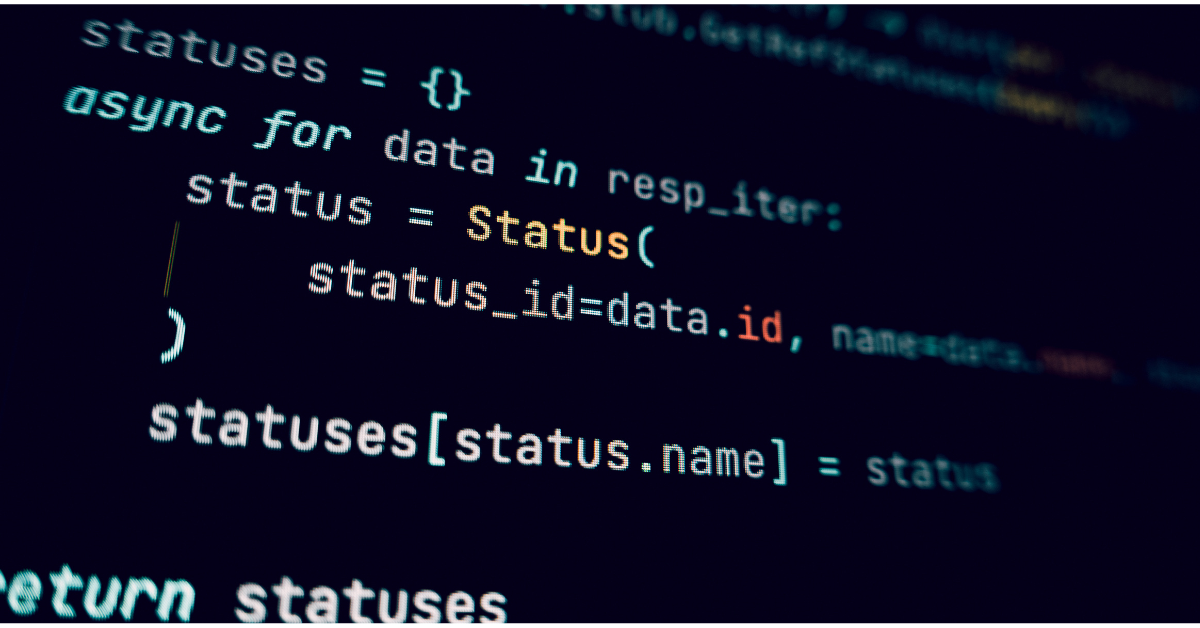Functional Prototypes What Are The Real Life Examples?
Prototyping marks the first step toward success.
During the development of a software product, prototyping emerges as the optimal approach for examining, assessing, and authenticating your concept with users. It provides the means to ensure that you are constructing the CORRECT product and functionalities before initiating any coding efforts. Functional prototypes are crucial for confirming the viability of a product. It validates concepts before full development, minimizing risks.
You don’t want to discover that the features don’t meet actual customer demands after months of expensive developer effort and expense. Starting with a sample product, however, enables you to collect customer input on the essential functionality to include.
Well, as the saying among engineers and developers goes,
“If a picture is worth a thousand words, then a prototype is worth a thousand meetings.”
Understanding Prototyping
By definition, prototyping is a dynamic process within product development that involves creating tangible representations of ideas, designs, or concepts. Its purpose lies in offering stakeholders a practical way to interact with and evaluate the functionality, design, and user experience of a product before committing to full-scale production. Prototyping is very helpful, especially when your client is unclear of the end goals or has not completely comprehended them.
Prototyping encompasses various types, including:
- Visual prototypes – for design aesthetics
- Functional prototypes – to showcase core features
- Interactive prototypes – for a hands-on user experience with simulated interactions.
For a deeper dive into prototype fidelities and best practices, see this guide from the Interaction Design Foundation.
Although making concrete representations of ideas is the art of prototyping, which enables innovators to test their ideas in a practical setting. The functional prototype is the core of this method, which is also the main topic of our article. Let’s dive further into the details:
What is a Functional Prototype?
A functional prototype is the ultimate goal of product testing. It stands as the final testing phase and the closest representation of the final product’s attributes. It simulates the functionality of products in the real world, enabling businesses to access and validate the market viability of the design before production.
Unlike a mere concept, a functional prototype brings ideas to life by showcasing core functionalities and interactions. Think of it as a functional aspect of the product that exemplifies its potential, giving stakeholders a glimpse of its capabilities.
The idea of a functional prototype serves as a vital stepping stone in the field of product development, bridging the gap between conceptual ideas and physical realities.
The Distinction between Functional and Non-Functional Prototypes
Among the array of prototyping approaches, prototypes can be categorized into two key categories: functional and non-functional. The differentiation between them both lies in their primary focus and purpose within the product development process.
- Functional prototypes: A functional prototype provides a dynamic perspective on a software project, driven by stakeholders’ desire to understand the operational dynamics of app components at a surface level. These prototypes are interactive, clickable, and furnish dynamic content, engaging stakeholders and developers alike. While primarily centered on functional aspects, they may incorporate design elements based on stakeholder requisites.
- Non-Functional prototypes: A non-functional prototype, on the other hand, emphasizes the aesthetic and experiential aspects of an application rather than its operational elements. These prototypes primarily cater to the application’s non-functional aspects, such as its visual presentation, without effectively assessing its functional requirements.
Why Are Prototypes Essential?
- Validate core functionalities and test product operations effectively.
- Early issue detection to prevent costly revisions later in the development process.
- Gather user feedback to inform user-centric design and refine products.
- Mitigate risks by addressing potential problems in the prototype stage.
- Enhance communication with stakeholders, investors, and within teams.
- Streamline development by focusing on specific features at a time.
Benefits of Functional Prototypes
The benefits of functional prototypes are multifold, significantly contributing to successful product development:
- User Experience Testing: These prototypes facilitate real-time user testing and feedback, enabling prompt adjustments to enhance the overall user experience.
- Early Detection of Design Flaws: By identifying issues at an early stage, functional prototypes reduce the costs associated with product development and continuous iteration of the product.
- Trim down Time to Market: Examining functional prototypes early in the development process enables the detection and correction of issues, which in turn shortens the time it takes to bring the final product to market.
- Cost Reduction: Functional prototypes help identify and address issues early on, minimizing the risk of expensive modifications or changes after the product has progressed to the production stage.
- Enhanced Communication: Functional prototypes serve as tangible representations that enhance communication among stakeholders, enabling better understanding and alignment throughout the development process.
Considerations when Creating a Functional Prototype
When developing a functional prototype, there are numerous things that must be considered:
- Fidelity Choice: Determine the level of fidelity required, whether high or low, based on the prototype’s purpose. High-fidelity prototypes exhibit intricate details that closely resemble the final product, while low-fidelity prototypes prioritize functionality over aesthetics.
- Materials and Tools: Select appropriate materials and tools to craft the prototype, ensuring they align with the envisioned product’s characteristics. This choice impacts the prototype’s accuracy and realism.
- Time and Budget Constraints: Factor in time and budget limitations when developing your product’s prototype. Balancing these constraints ensures the timely completion of the prototype while effectively managing resource allocation.
- Intended Purpose: Evaluate whether the prototype truly fulfills its intended purpose. It should effectively simulate the core functionalities and interactions to yield meaningful insights and feedback.
Challenges and Limitations
- Potential Misunderstandings: Stakeholders may mistake the prototype for the final product, resulting in misaligned expectations and potential confusion.
- Revision Costs: Iterative improvements can accumulate costs, especially if extensive revisions are necessary to address issues discovered during testing.
- Balancing Complexity: Striking the right balance between complexity and simplicity is crucial to avoid overwhelming users or oversimplifying the prototype’s functionality.
Prototype Examples In Various Industries:
Functional prototyping is a powerful tool with applications spanning diverse industries, driving innovation, efficiency, and improved end products. Let’s talk about some examples:
1. Redesign the Shopping Card by IDEO:
IDEO, a prominent design firm, was entrusted with redesigning the conventional shopping cart. They adopted a human-centered design methodology to create a range of prototypes, testing diverse concepts, including a notable foam and cardboard model. This approach facilitated rapid iteration and the collection of user feedback. Through this iterative prototyping journey, IDEO successfully crafted a more user-centric and inventive shopping cart design.
2. Tesla Electric Car Prototypes:
Tesla’s strategy for advancing electric vehicles centered on crafting operational prototypes to validate the viability of electric drivetrains and pioneering new functionalities. Illustrated through the Tesla Roadster, their inaugural production vehicle, which utilized an adapted Lotus chassis, these prototypes showcased the promise of electric powertrains. This approach not only facilitated funding for Tesla but also facilitated technology enhancements, subsequently shaping the trajectory for future electric vehicle offerings.
3. Airbnb’s “Wizard of Oz” Prototype:
During its initial phase, Airbnb’s founders developed a “Wizard of Oz” prototype to assess the viability of their concept. Rather than constructing an entirely functional platform, they orchestrated connections between potential hosts and guests manually, covertly emulating the user journey. This ingenious approach enabled them to validate their concept, gather feedback, and avoid substantial upfront investment in a complex platform.
What’s The Next Step in Functional Prototypes
The ability of a functional prototype to mirror functionality, gather user feedback, expedite development, and enhance stakeholder communication renders it imperative. In a world that thrives on precision, functional prototypes pave the way for innovation and excellence. By embracing functional prototypes, creators foster a development process that is not only efficient but also user-centered and cost-effective.
Contributors
-

Fahad Sheikh
writer
Head of Growth and Product


